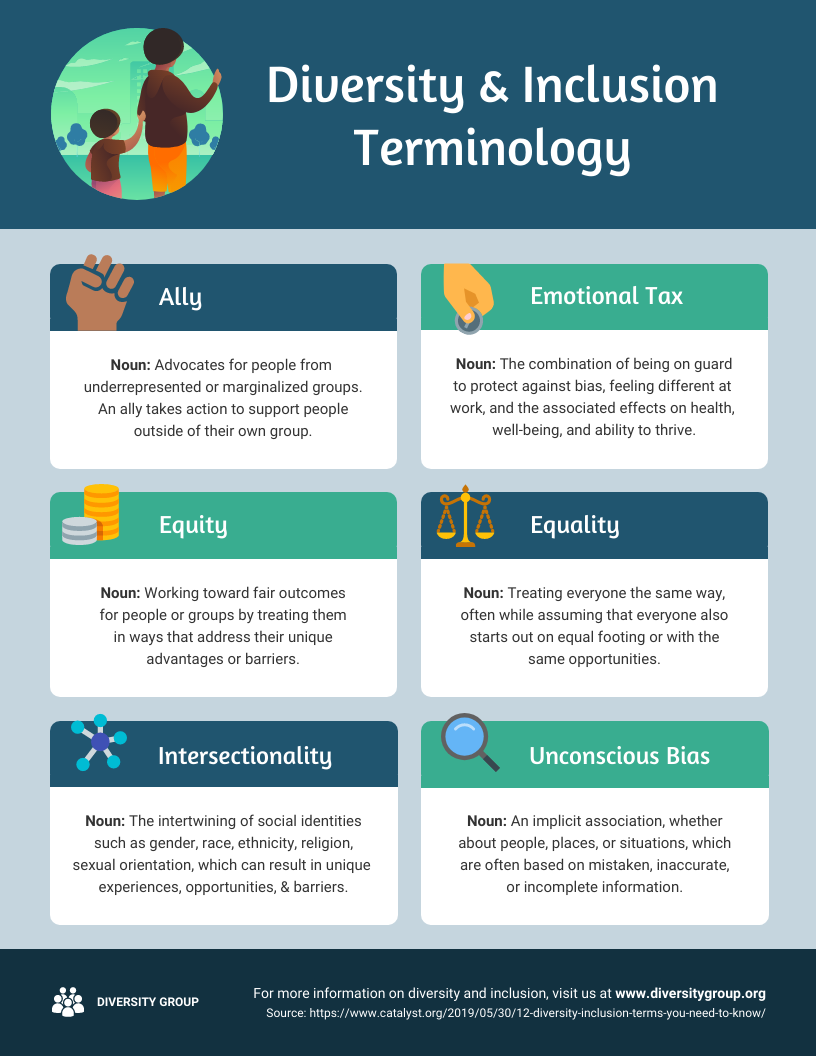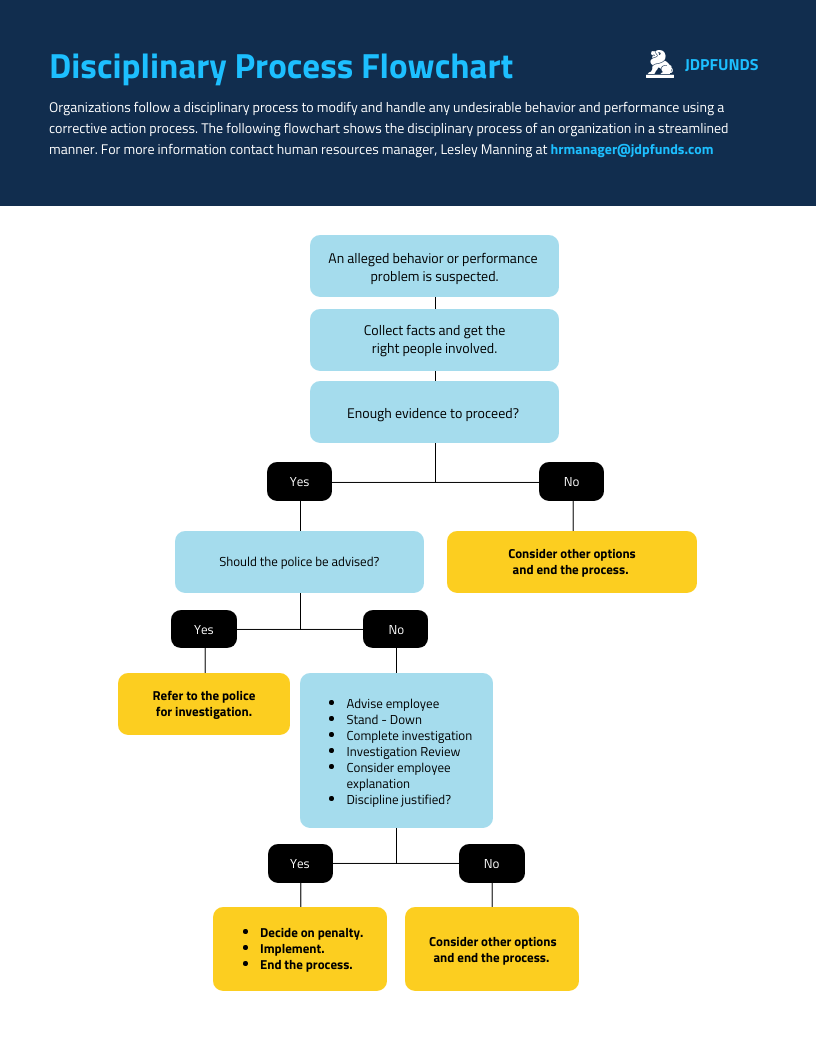Designing an inclusive training plan has become the need of the hour, especially with the world drastically changing due to the pandemic.
For companies to boost customer support and employee retention, inclusivity and diversity must be intrinsically linked to company culture.
The best way to create an environment where customer service employees from diverse backgrounds feel included is to adapt training and development programs for existing company staff as well as incoming employees.
Note that there’s a difference between designing programs to train employees about inclusivity and creating inclusive training materials. We will be focusing on the latter.
In this article, we will outline five key steps that will help organizations design inclusive training plans and create more diverse work environments.
1. Determine Inclusivity Needs
Before you create an inclusive training plan, you need to determine what kind of customer support team you are creating.
If your future employees speak a variety of languages, you might want to consider creating materials in multiple languages.
Always use inclusive language in the content of your plans. This chart explains what kind of language to use and what trainers need to be aware of when designing materials.

Source: Venngage
The visuals you use should be neutral or as diverse as possible. Choose stock photos, iconography, and characters that include people from different ethnicities and communities.
When giving customer personas in training documents fictitious names, choose names from around the world.
But do your research! Pairing a name with the wrong ethnicity can leave a bad impression on trainees.
2. Inclusive Design
Aside from the content of your training materials, you also need to follow the rules of accessible design to create inclusive training plans.
If your visual materials are digital, they should include descriptive alt-text that can be relayed through screen-readers. Use h2, h2, and h3 headings to divide content, as well.
Some customer service trainees will have visual impairments such as blurred vision, night blindness, light sensitivity, or color blindness.
Use large, legible fonts and space out all the elements in your visual to facilitate easier reading. Contrasting colors—light backgrounds with dark fonts—are more inclusive.
Neurodivergent trainees also benefit from inclusive design. Create training materials that include more icons, rather than blocks of text, too many patterns, or vague instructions.
Use short, precise language and sentences, and keep your paragraphs to no more than three sentences.
To design inclusive training materials, avoid complicated imagery and patterned backgrounds. Use simple and clear fonts and use plenty of space around visual elements.
3. Include Visuals
Before you can design your inclusive training plan, you should determine what kind of visuals you want to include in your materials.
This is especially important because virtual training has become the primary medium during the pandemic. You want to keep new trainees engaged, and visuals can drastically improve the onboarding experience.
Some of the visuals you may have to include in your plan are:
- Business strategies
- Handbooks
- Job aids
- Onboarding checklists
- Organization charts
- Business process flowcharts
- Reports
- Worksheets
How do you decide which visuals to use? You know which aspects of your training are most important—plan to design visuals for those sections.
For instance, telling attendees what your organizational structure looks like won’t make them remember it as well as a visual chart.
The same goes for business processes. The disciplinary flowchart below is much easier to follow. Imagine a trainer spelling all this out to an audience over a video call.

Source: Venngage
Visuals are essential for depicting complex ideas to individuals. By incorporating visuals in your training plans, you can make your program more inclusive and far-reaching.
4. How to Design a Training Plan
Now that you know what kind of inclusive needs your trainees require and how to incorporate accessible designs into your plans, you can start designing the inclusive training program.
Your design will rely on the following points:
- What is the goal of your plan? For example, to onboard new customer support employees or to train existing teams on a new business process.
- How do your plan’s goals tie into your business strategy? For example, the plan is designed to help a team increase revenue through positive customer experiences.
- What do current employees think of your training plan? Survey your employees to find out what they think of the training materials and how inclusive their design is.
- What type of training will you be conducting? Your plans will need to include more visuals if the activities are hyper-focused, or the training is self-directed.
With 2021 set to see more online training, designing inclusive training materials is crucial for keeping trainees engaged.
5. Analyze Your Plan
Designing plans isn’t a one-and-done practice—you need to track the success of your plan and make improvements where needed.
When creating an inclusive training strategy, here are the areas you need to track:
- Ask trainees if they found the materials inclusive
- Find out what roadblocks they faced in the training process
- Note the completion rate of the training program
- Also, note what the dropoff point in your training program was
- Track how well the goals mentioned in your training plan are being translated into business success
- Look at the employee’s performance following the training program
- Note the turnover rate of employees representing diverse communities
The point of creating an inclusive training program is to reach a more diverse employee base. If your plans aren’t achieving that, then they need to be revised.
Conclusion: Make Your Inclusive Training Plan Visual
Diverse workplaces are the future—this is something that multiple communities have been advocating for and the world is finally listening.
Moving towards diversity training is the best way to build expansive workplaces and improve customer experiences.
How can you design an inclusive training plan and workplace?
- You need to determine your inclusive training needs before you plan out your materials
- Your plans should follow accessible design principles
- Include visuals to make your training content more engaging and memorable
- Design your plan by asking a few key questions
- Track the success of your plan and make improvements where necessary
We have outlined the best ways to design a plan that is inclusive and will improve the training process for everyone involved.



